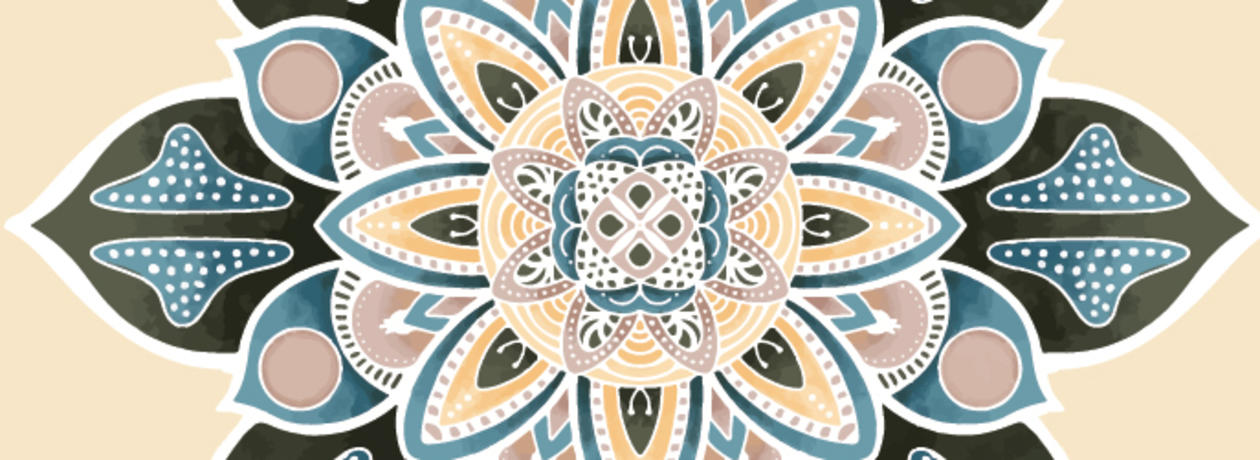
Learn about acupressure
Acupressure is easy to use and can be helpful for a variety of reasons. Take some time to learn a few acupoints for the next time you or your loved one is having a headache or stomach ache.

You may have heard of acupuncture. Acupressure utilizes the same medical theory used in acupuncture. In acupressure, you apply gentle pressure to specific locations on the body called acupoints, instead of the insertion of an acupuncture needle. You can apply pressure with the fingers, hands, elbows, or special acupressure tools. In some clinical settings, other tools such as magnets, lasers, or tuning forks may be used to stimulate acupoints.
Acupoints are locations on the skin that are sensitive to and conduct the body’s bioelectrical impulses. Pressure on these points stimulates the nervous system, releases endorphins, increases blood flow and tissue oxygenation, and releases muscular tension, which in turn promotes an innate healing response. In addition to these physical responses, acupressure is known to help soothe emotional tension and promote relaxation.
Acupressure is useful for a range of concerns, such as body pain, headaches, digestive concerns, anxiety, and insomnia. Because it is so effective, acupuncturists often use acupressure in their clinics when working with children, or with patients of any age who have highly sensitive nervous systems or are fearful of needles. Acupressure is also a powerful self-care tool for patients.
In addition to acupuncturists, a wide range of other healthcare providers and caregivers have learned acupressure and offer it in a variety of settings, including, but not limited to, hospitals, clinics, Chinese Medicine clinics, chiropractic offices, and massage studios. As mentioned above, you can also use acupressure for self-care.
It is important that the person receiving acupressure is in a relaxed and comfortable position, either sitting upright or lying down. You can perform acupressure over clothing or directly on the skin.
Disclaimer: Acupressure is not a substitute for medical care, but is an effective, safe, and easily performed complementary treatment.